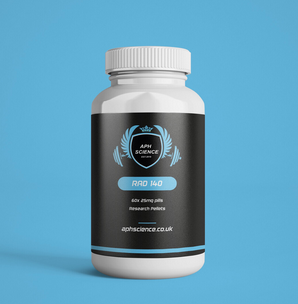SARMs are comparable to steroids and also not a portion of the same thing. Both work by attaching into the androgen receptors, inducing alterations in your DNA that increase the capacity of one’s proteins to enlarge. These can also affect other body spots, resulting in unwanted effects such as prostate issues, hair loss, and acne breakouts nevertheless, steroids are a blunt weapon. best pre workout uk, yet, is thought to function as”tissue-selective”-without starting this very same series of responses, they attack the muscle tissues. They are often accepted, in the place of compacted, in tablet form.

Who did SARMs originate out of?
By blunder, SARMs were first made. A doctor called Professor James T Dalton focused on innovative prostate cancer therapies at early nineties when he first detected the molecule andarine, the first sarms uk. At the procedure of prostate cancer, it’s of hardly any benefit, however it significantly affects muscle mass building.
Which Exactly Are the predicted benefits of SARMs above illicit Steroids?
All of SARMs are treated orally, and no treatments are necessary as a result.
SARMs aren’t methylated, especially in comparison with tablets and capsule steroids, and therefore are not liver-toxic.
No switch to estrogen and also incredibly small.
No transformation into Dihydrotestosterone (DHT), and also very little.
Use of SARMs (not for functionality advancement )
In anabolic cells such as skin and skeletal muscular building, SARMs are Androgen receptor (AR) agonists, nevertheless the only potential error in androgenic regions, including the sex and prostate organs.
People who have slightly Greater isolation of anabolic steroids and anabolic Androgenic effects just due to the. No transfer of estrogen does occur, and for other hormones, so there exists a minor spill-over. Only due to the, SARMs may help reproduce some of the anabolic steroid effects without realising behaviour side effects, such as male hair loss tendency and prostate cancer hypotrophy.